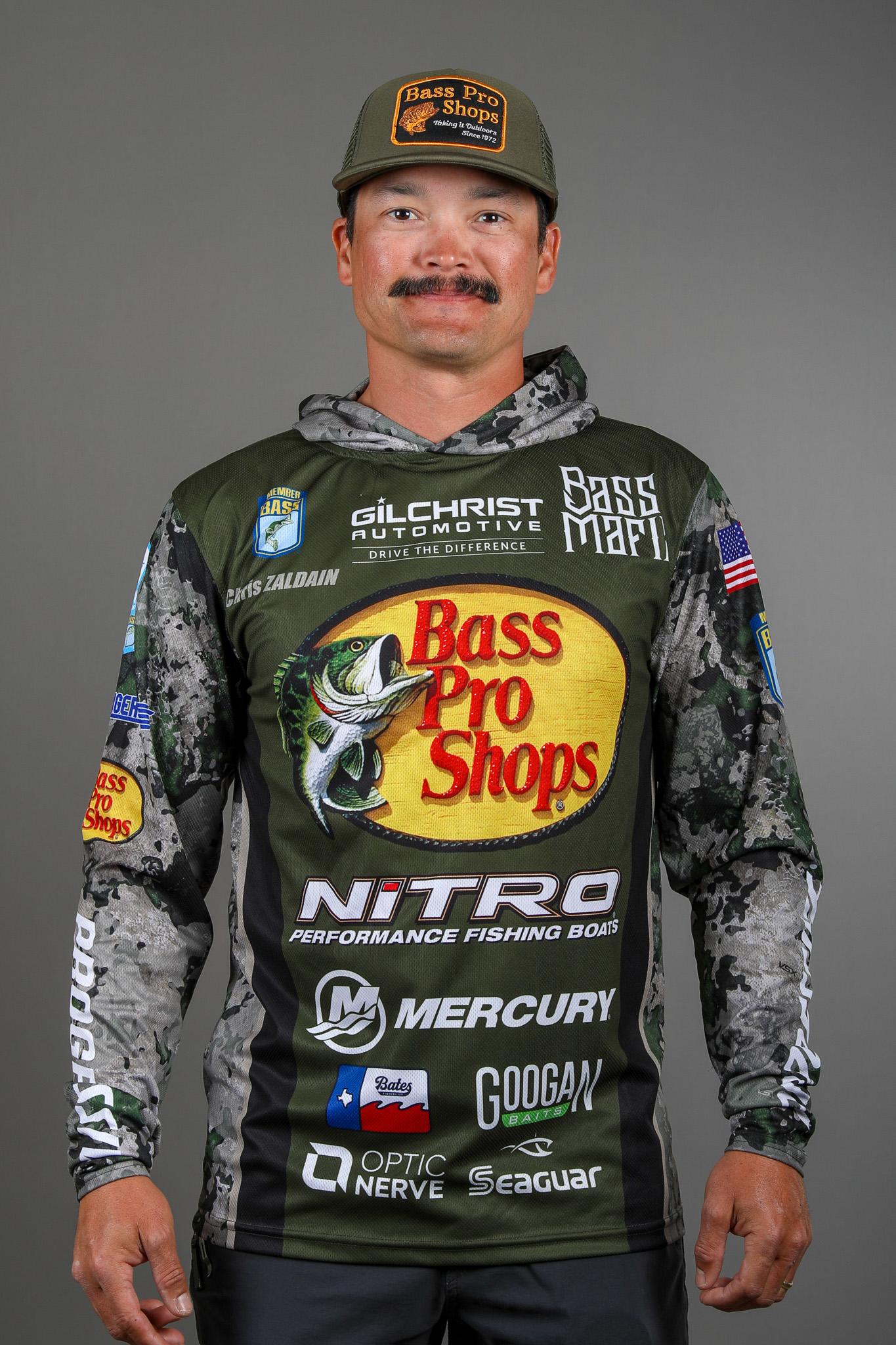
This year, my Nitro Z21 XL/Mercury Bass Pro Shops boat arrived at my house sooner than ever before. That has given me an opportunity over the last month or so to really dial in every feature of the rig before the Bassmaster Elite Series begins.
I’ve made major gains with my electronics setup, which includes Humminbird, Garmin and Lowrance graphs. I’ve figured out the strengths of each brand and how to make the most of them. I used what I’ve learned to good advantage on two Texas outings recently. I boated 30 pounds one day and 25 pounds on the other. The fishing is getting hot in Texas.
I’m looking forward to using my incredible electronics when the Elite Series opens up on Toledo Bend Reservoir. I had no previous experience with forward-facing sonar prior to getting this year’s rig. Many of my competitors have had a significant jump on me with this technology.
However, over the past month, I’ve hopped in the boat with some of the country’s best forward-facing sonar aces. I feel I’ve caught up with the other guys on tour. I have three tips that will help you catch more bass with this technology.
Tip 1
The biggest thing I’ve learned is to keep your foot on the trolling motor pedal and to continuously scan left and right. My Power-Pro Move trolling motor makes this task easier because it’s quiet, fast and smooth.
Never stop panning as you scan flats, dropoffs and open water. The more you scan around you, the more life you will find. Once you find that life — preferably a heavyweight bass — you’ve got to stay locked in on that fish like a homing missile. That’s a huge deal. Never let that fish out of your sight.

Tip 2
When you cast to a bass, it’s critical that you always see the fish and your bait on the display. If you see the bass and not the bait, you’re off the mark. Reel it in and make another cast. Vice versa if you see your bait but not the bass.
If the bait and the bass are not shown on the display, you won’t get a bite. The bait must be presented in the fish’s line of sight, often inches above its head.
Tip 3
Go with the lightest bait you can get away with. On a slick, calm day, I’ll rig a 2 1/2- to 3 1/2-inch shad profile minnow on a 1/8- or 1/16-ounce jig head. I prefer soft plastic minnows that have a straight tail. This gives you the most realistic finesse presentation possible.
Bear in mind, the bass you see with forward-facing sonar are not actively feeding. You’re trying to coax a somewhat negative fish into biting. The best way to do that is with a finesse approach. If the wind is over 10 mph, I may upsize to a 3/8-ounce jig. But that’s as heavy as I go.
It’s a lot like fishing for crappie. I cast about 6 feet past the bass and let the bait sink until it’s 1 to 2 feet above the fish. Then I reel slowly and lightly shake the rod tip to make the bait constantly pulse. I use a 13 Fishing spinning outfit, matched with 10-pound Seaguar Braid with a Seaguar 10-pound Tatsu Fluorocarbon leader.

A big bait option
Another lure I’ve been catching them on with forward-facing sonar is Bass Mafia’s 6-inch Daingerous Loaded Swimbait. It represents a gizzard shad really well. I throw the shallow version with a 13 Fishing casting outfit and 17-pound Seaguar InvizX Fluorocarbon. I swim it slowly and hover it above the bass. These Texas largemouth are convinced that the Loaded Swimbait is a real gizzard shad.





